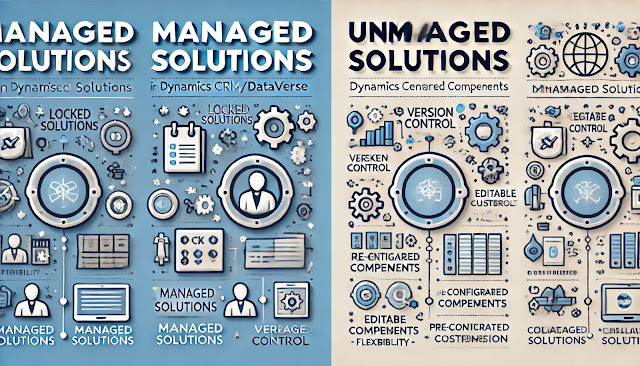Dynamics 365 Field Service : Add products and services to incidents
When delivering field service, standardizing how issues are resolved helps improve efficiency, consistency, and customer satisfaction. Dynamics 365 Field Service supports this through Incident Types, which represent common service scenarios like "Air Conditioner Maintenance" or "Boiler Repair."
To ensure technicians have the right materials and tasks, you can associate products and services directly with these incidents. This blog will walk you through:
What are Incident Types?
- Why add products and services to incidents?
- How to configure products and services for incident types
- Best practices
What are Incident Types?
An Incident Type defines a standardized issue or problem your organization often deals with. Each incident type may include:
- Predefined service tasks (what needs to be done)
- Required products (materials or parts)
- Required services (billable or internal time/labor)
By assigning these to incident types, work orders become more accurate and faster to create.
Why Add Products and Services to Incident Types?
Adding products and services to an incident type provides:
- Automation: Products and services are auto-added to work orders based on the incident.
- Cost Estimation: Helps estimate total cost and time.
- Consistency: Ensures every technician follows the same playbook.
- Inventory Management: Prepares for part availability and reservation.
- Reusability: Easily reused across multiple work orders.
How to Add Products and Services to Incident Types
Here’s how to configure products and services for an incident type.
1. Navigate to Incident Types
- Go to Field Service > Settings > Incident Types
- Open an existing incident or create a new one
2. Add Products
- Go to the Products tab under the incident type form
- Click + New Incident Type Product
- Fill in:
- Product: Choose from available inventory items (e.g., HVAC filter)
- Quantity: Number of units required
- Unit: Unit of measure
- Price List (optional): For calculating costs
- Default: Choose if this should be added to every related work order
Note: Products can be chargeable or internal.
3. Add Services
- Switch to the Services tab
- Click + New Incident Type Service
- Fill in:
- Service: The type of labor (e.g., AC technician visit)
- Estimated Duration: Time required to complete the task
- Price List (optional): Set a billing rate
- Billing Type: Choose chargeable or non-chargeable
Services help plan labor time and costs effectively.
Example Scenario
Let’s say your field service team often performs "Water Heater Repair."
Create an incident type named "Water Heater Repair" and link:
- Product: Heating Element (Qty: 1)
- Product: Teflon Tape (Qty: 1)
- Service: Technician Visit (Estimated Duration: 2 hours)
Whenever a dispatcher creates a Work Order for this incident, these items will be automatically added, ensuring nothing is missed.
Conclusion
By associating products and services with incident types in Dynamics 365 Field Service, your organization can drastically improve its efficiency, accuracy, and customer experience. This approach minimizes manual errors and ensures that your technicians are always prepared with the right tools and tasks.












Comments
Post a Comment